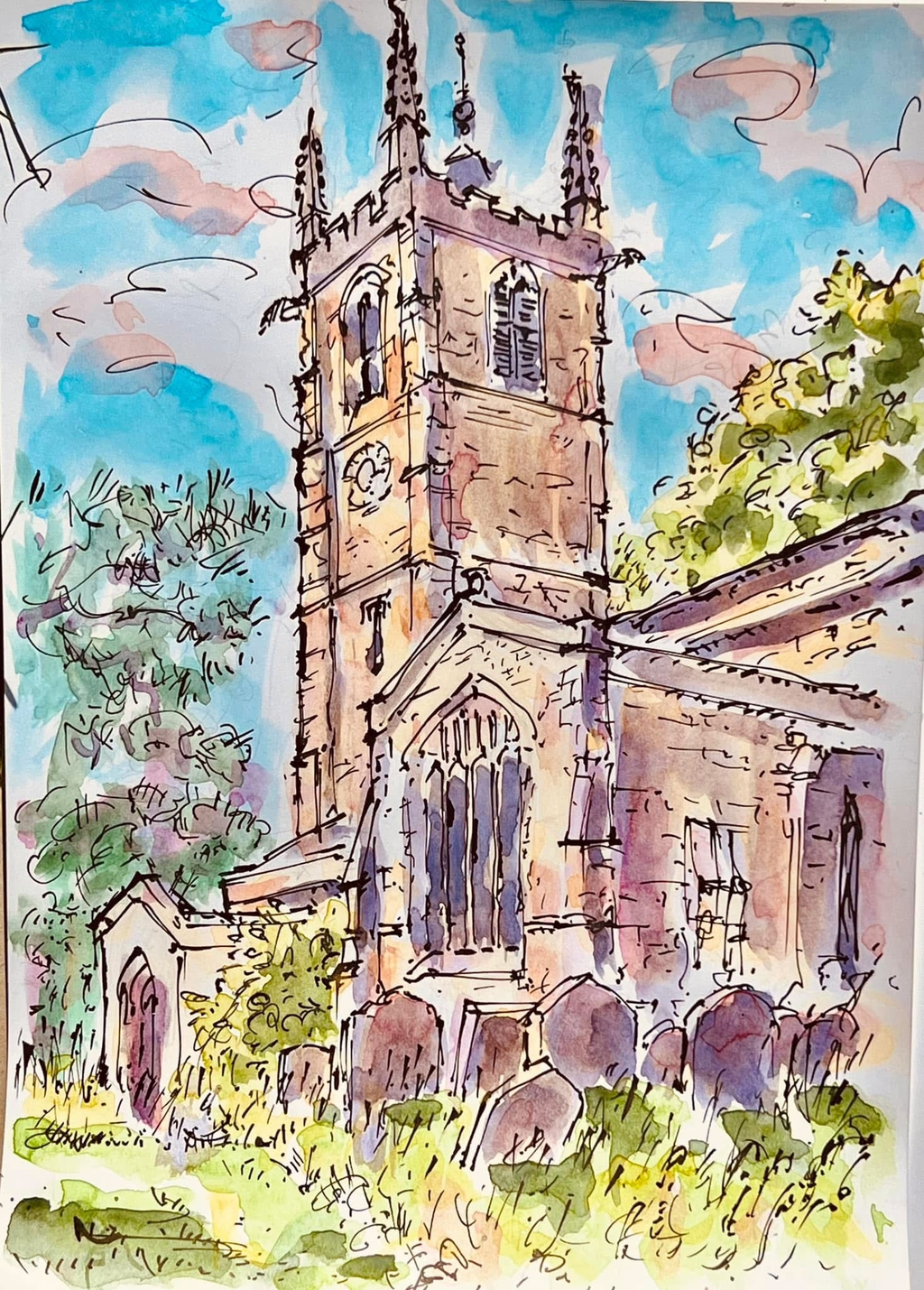Churchyards and graveyards are ideal havens for wildlife. The sympathetic management of churchyards for wildlife can be balanced with the other values of peace, beauty and harmony which churchyards provide: the Wildlife Trust Churchyard Conservation Awards are inspiring and encouraging the management of these spaces for the benefit of all species. St James's churchyard has a Wildlife Trusts Bronze Award, through the Northants Churchyard Conservation Scheme.
Monthly Wildlife blogs
We produce regular 'Wildlife by the month' nature notes on what you might see in and around the churchyards:
All our past 'Wildlife by the month blogs' have been combined into one document. If you'd like to get the latest blog posting when each issue is released, follow St James's Gretton on Facebook.
Our surveys and plans:
- Our wild churchyard - some background, maps and lists - inclduing surveys of plants and animals
- Biodiversity plan, 2025-26 - our wildlife priorities for the coming year
- Grass cutting and wildflowers plans, 2025 (upper churchyard)
- Churchyard questionnaire - giving villagers and visitors a voice on how we can improve the churchyard for all users
- Guide to the church and a walk around the churchyard.
Posters (that have been up in the church) about:
- Bats - we have several species of bats flying around the churchyard, along with our own colony of soprano pipstrelles in the porch
- Wild flowers - Around 100 species of wild flowering plants, grasses and trees have been recorded in the churchyard
- Moths - a summary from 2023 and list of macromoths identified
- Some background to our churchyard wildlife.
Useful external websites:
- Caring for God's Acre charity for Protecting Wildlife, Preserving Heritage, Involving People providing information on the history and natural history of church yards
- Church of England's advice on wildlife in churchyards which can be surprisingly rich in nature
- Rockingham Forest Vision - connecting local communities to the natural and cultural heritage of Rockingham Forest and raising its local and national profile; connecting the core remaining wooded areas with enriched biodiverse landscapes.









